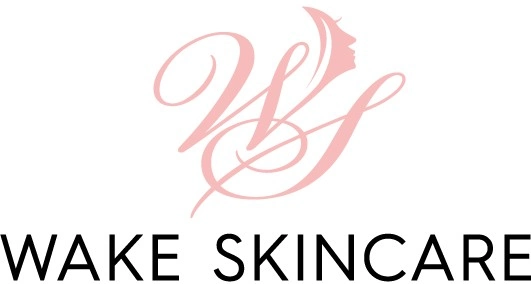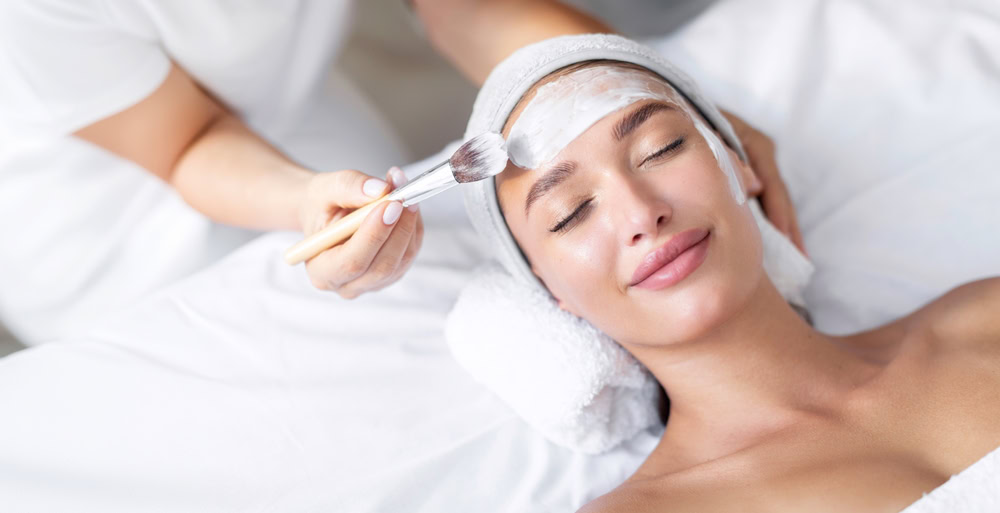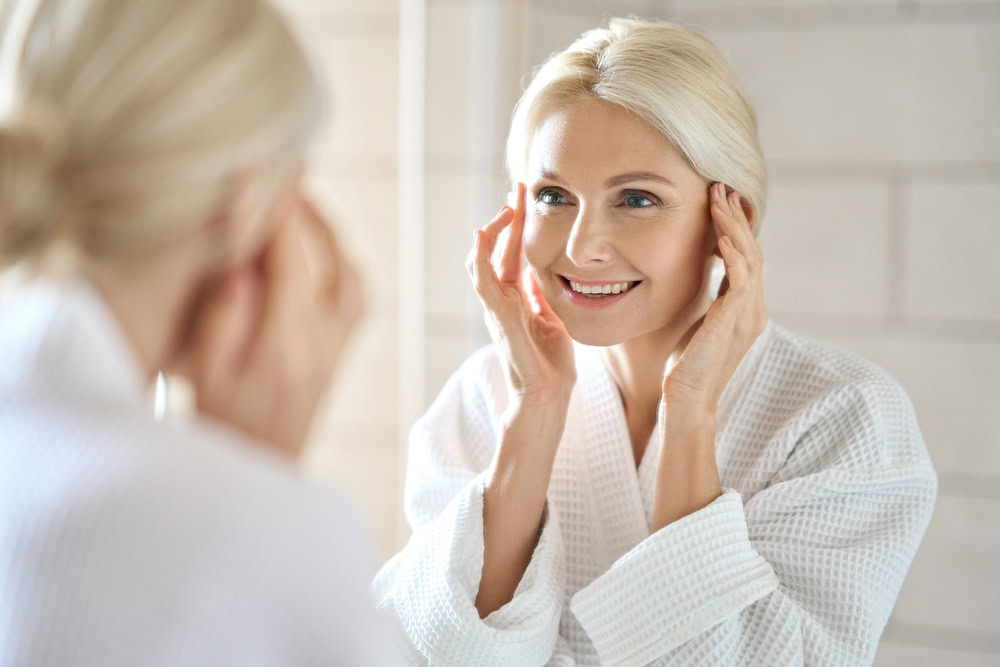Summary:
What Really Causes Those Stubborn Dark Spots
Your skin creates dark spots for one reason: protection. When your skin detects a threat—whether it’s UV rays, hormonal fluctuations, or inflammation from a pimple—it produces extra melanin as a shield.
The problem? Your skin sometimes gets a little overzealous with this protective response. Sun exposure is the biggest culprit, especially here in North Carolina where we get plenty of intense UV rays year-round. Those age spots on your hands and face aren’t just cosmetic issues—they’re your skin’s way of saying it’s been working overtime to protect you.
Hormonal changes throw another wrench into the mix. Pregnancy, birth control, and menopause can trigger melasma, those larger brown patches that seem to appear out of nowhere. Then there’s post-inflammatory hyperpigmentation, which happens after your skin heals from acne, cuts, or even overly aggressive skin care treatments.
Why Your Skin Type Matters More Than You Think
If you have darker skin, you’ve probably noticed that you’re more prone to dark spots than your fair-skinned friends. This isn’t a design flaw—it’s actually your skin’s superpower working a little too hard.
Darker skin naturally contains more melanin, which provides built-in protection against sun damage and skin cancer. Your skin is literally designed to be more resilient. But when something triggers inflammation or injury, those same protective melanocytes can go into overdrive, creating more noticeable dark spots.
This is why post-inflammatory hyperpigmentation is so common in people with darker skin tones. That pimple you had three months ago? Your skin might still be “remembering” it with a dark mark. It’s also why you need to be extra careful with aggressive treatments—what works for lighter skin might actually make your hyperpigmentation worse.
Genetics play a role too. Take a look at your family members. If they have freckles, age spots, or melasma, you’re more likely to develop them. Some medications can also trigger hyperpigmentation by making your skin more light-sensitive, so always check with your skin care professional about any new prescriptions.
The key takeaway? Your skin type isn’t working against you—it just needs a more thoughtful approach to both prevention and treatment.
The Three Types of Dark Spots You're Probably Dealing With
Not all dark spots are the same, and figuring out which type you have makes all the difference in choosing the right treatment approach.
Sun spots are the most straightforward. These flat, brown spots show up on areas that get regular sun exposure—your face, hands, shoulders, and chest. They have clear, defined edges and usually appear as you get older. The good news? These respond really well to professional treatments like chemical peels and microdermabrasion facials.
Melasma is trickier. These irregular patches of brown or gray discoloration usually appear on your face, often in a butterfly pattern across your cheeks and forehead. Hormones are the main trigger, which is why it’s sometimes called “the mask of pregnancy.” Melasma can be stubborn, often requiring a combination of treatments and ongoing maintenance.
Post-inflammatory hyperpigmentation is what happens after your skin heals from trauma. Maybe it’s from acne, a cut, or even an aggressive facial treatment. These spots can range from pink to deep brown depending on your skin tone. The silver lining? These often fade naturally over time, though professional skin care treatments can speed things up significantly.
Each type needs a different game plan, which is why those one-size-fits-all drugstore treatments rarely deliver the results you’re hoping for. Working with an experienced esthetician who can properly assess your specific situation is the fastest path to clearer skin.
Prevention Strategies That Actually Make a Difference
Here’s the truth about prevention: it’s not glamorous, but it’s the most powerful tool you have against future dark spots. And the most important step isn’t complicated—it’s wearing sunscreen every single day.
This means broad-spectrum SPF 30 or higher every morning, rain or shine, even when you’re working from home. UV rays penetrate windows, so your daily coffee by the kitchen window is still exposing your skin to damage. Reapply every two hours when you’re outside, and don’t forget your neck, ears, and the backs of your hands.
Physical protection amplifies your sunscreen’s effectiveness. Wide-brimmed hats, sunglasses, and long sleeves create a barrier that sunscreen alone can’t match. If possible, stay indoors during peak sun hours between 10 AM and 2 PM when UV radiation is most intense.
Daily Skin Care Habits That Prevent Future Dark Spots
Your daily routine is where prevention really happens, but it’s not about using ten different products—it’s about being consistent with the right ones.
Start with a gentle cleanser that won’t strip your skin’s protective barrier. Harsh scrubbing or aggressive cleansers can actually trigger the inflammation that leads to dark spots. Follow up with products containing vitamin C for antioxidant protection and niacinamide to help regulate melanin production.
The biggest mistake people make? Picking at their skin. Every time you squeeze a pimple or pick at a scab, you’re creating trauma that can leave behind a dark mark that lasts for months or even years. If you’re dealing with active acne, resist the urge to DIY and work with a professional to get it under control.
Consistency beats intensity every time. You might not see dramatic day-to-day changes, but sticking to these habits protects your skin from future damage and prevents existing spots from getting darker. Think of it as compound interest for your complexion.
Gentle exfoliation once or twice a week can help prevent dead skin cells from building up and making dark spots look more prominent. But here’s the catch—over-exfoliating can cause irritation and make hyperpigmentation worse. Less is often more when it comes to skin care.
When Professional Prevention Makes Sense
Sometimes good daily habits aren’t enough, especially if you’re dealing with hormonal changes or have a family history of hyperpigmentation issues.
If melasma or severe sun damage runs in your family, regular professional facials can help you stay ahead of potential problems. Treatments like European facials or gentle chemical peels can prevent the buildup of damaged skin cells that contribute to uneven pigmentation.
Major life changes—pregnancy, menopause, starting new medications—can trigger hyperpigmentation even if you’ve never had issues before. A consultation during these transitions can help you adjust your routine and potentially prevent problems before they start.
Persistent acne is another red flag. Getting professional acne facials isn’t just about clearing current breakouts—it’s about preventing the post-inflammatory hyperpigmentation that often follows. Professional treatments are typically more effective than over-the-counter options and significantly reduce your risk of scarring and dark spots.
Regular maintenance treatments like microdermabrasion facials or anti-aging facials help maintain healthy skin cell turnover, keeping your complexion bright and even. These treatments also help your skin care products work more effectively, maximizing their preventive benefits.
The bottom line? Prevention-focused treatments are gentler, more affordable, and deliver better long-term results than trying to reverse existing damage later.
Professional Treatments That Actually Deliver Results
If you already have hyperpigmentation, the good news is that there are proven treatments that can make a real difference in your skin’s appearance. The key is choosing the right approach for your specific situation.
Professional chemical peels are among the most effective treatments for various types of dark spots. These controlled treatments remove damaged skin layers and stimulate healthy cell turnover, revealing brighter, more even skin underneath. Microdermabrasion facials and advanced skin care treatments can also accelerate the fading process while improving your overall skin texture.
Remember that treating hyperpigmentation requires patience—most people see gradual improvement over several months, and maintaining results requires ongoing sun protection and proper skin care. Working with an experienced esthetician who understands your skin type ensures you get the safest, most effective treatment plan for lasting results. We offer personalized consultations to develop a treatment plan that addresses your unique concerns and helps you achieve the clear, radiant complexion you deserve.





